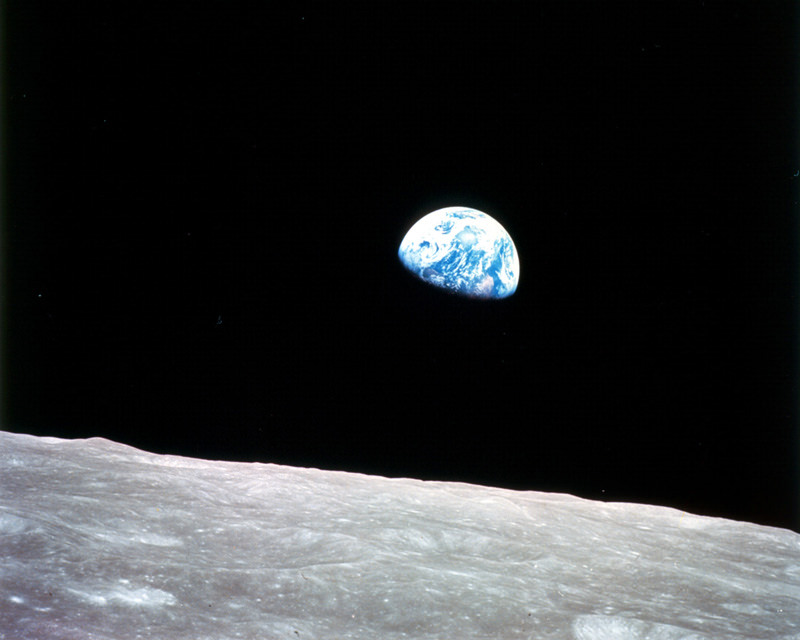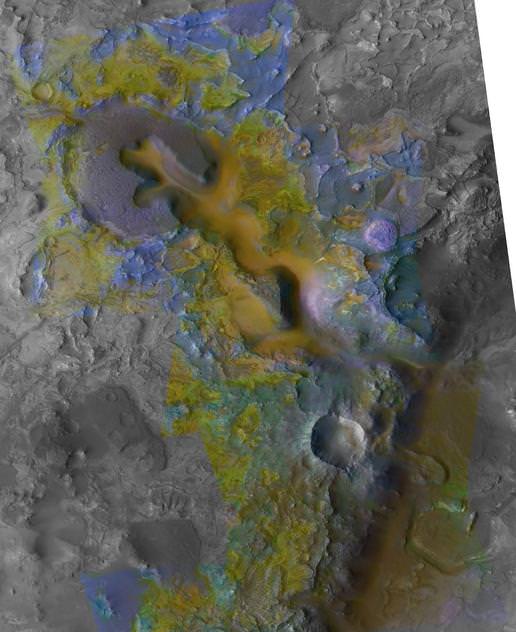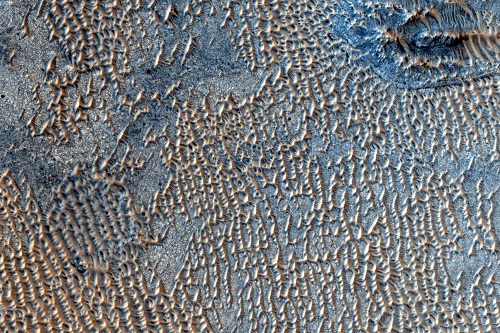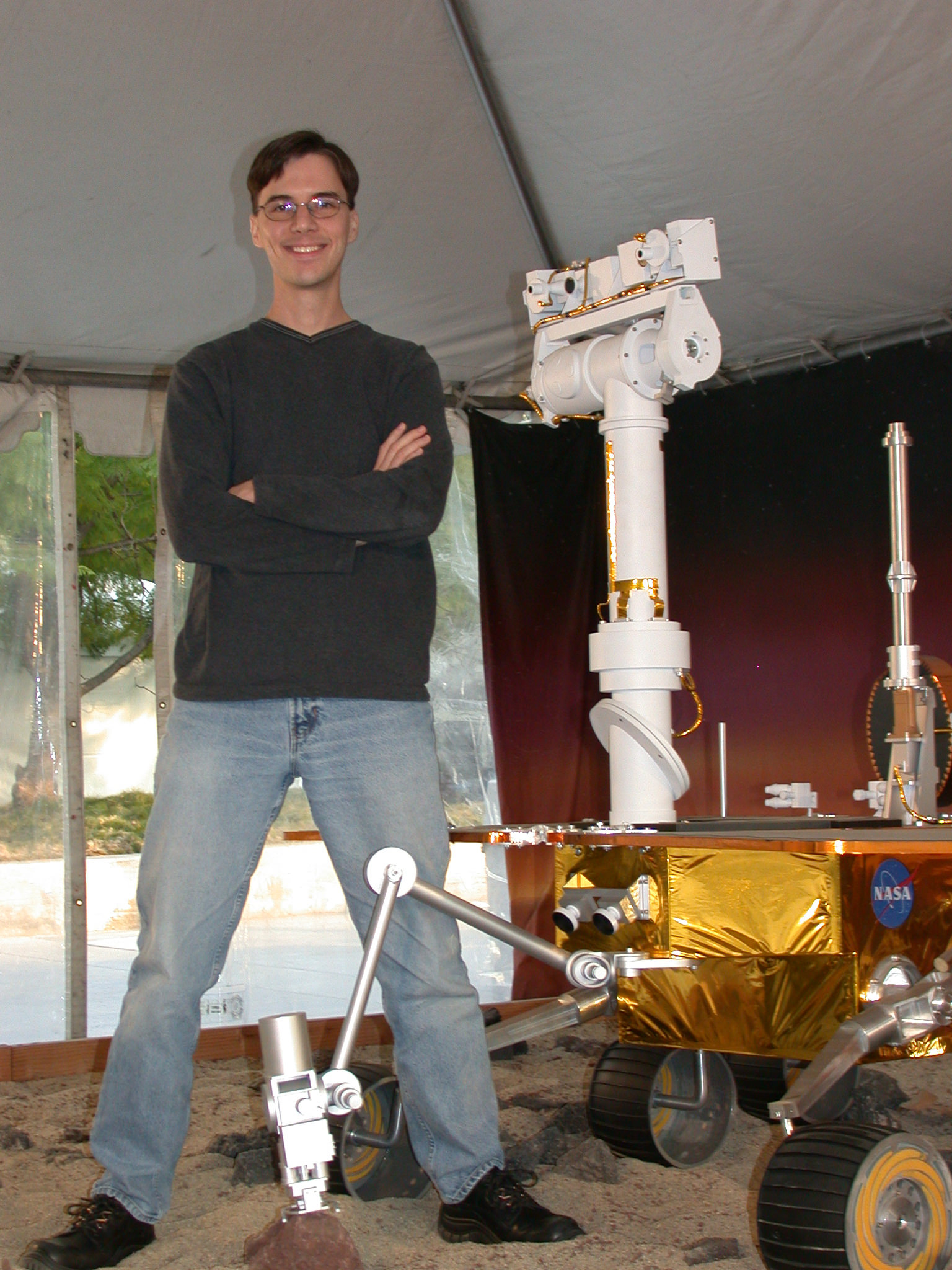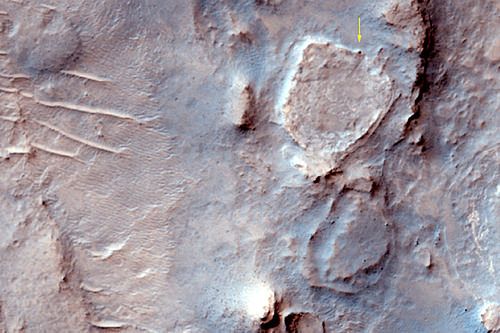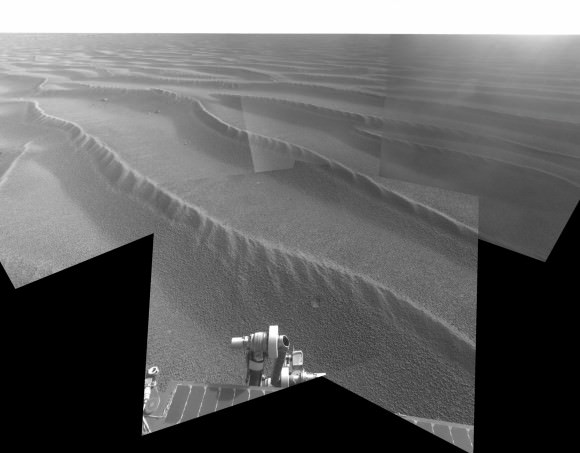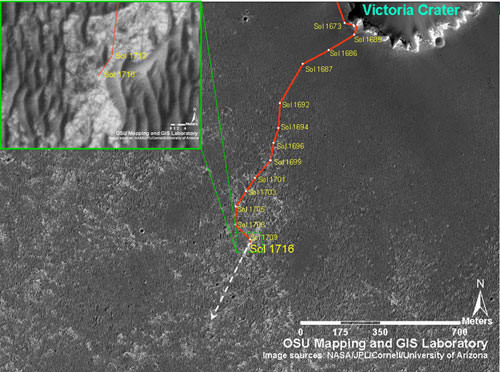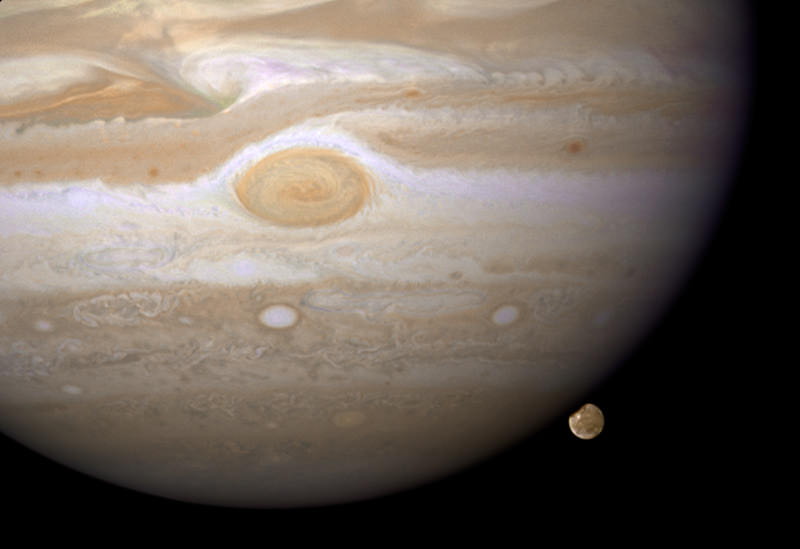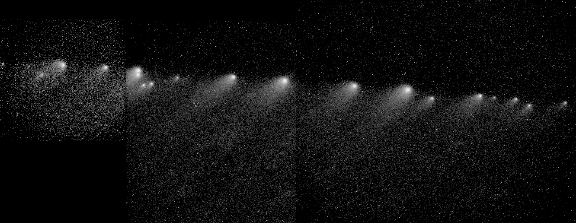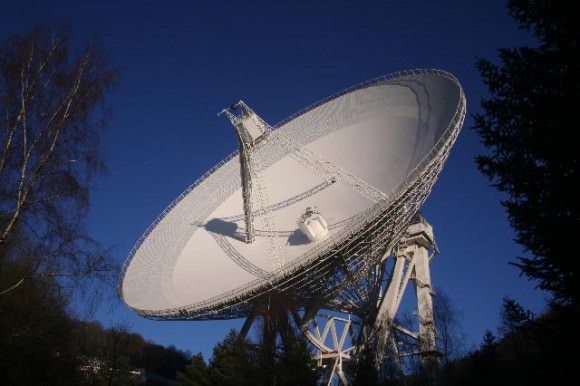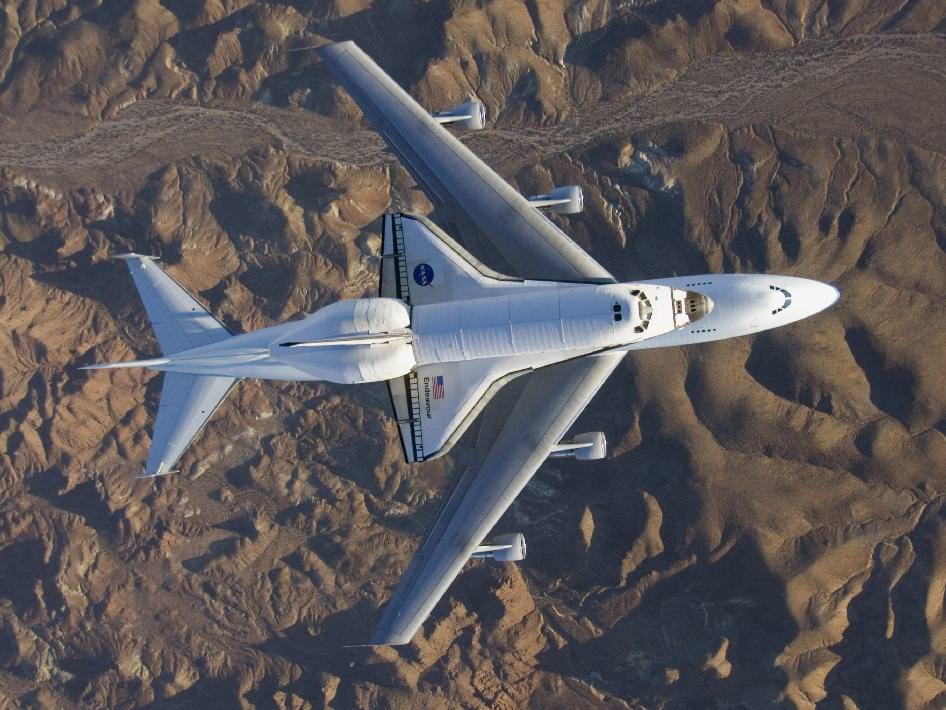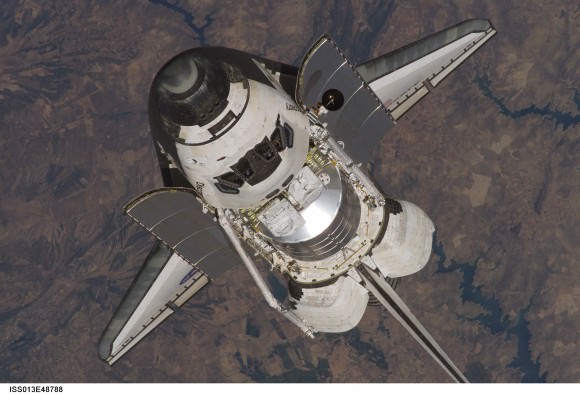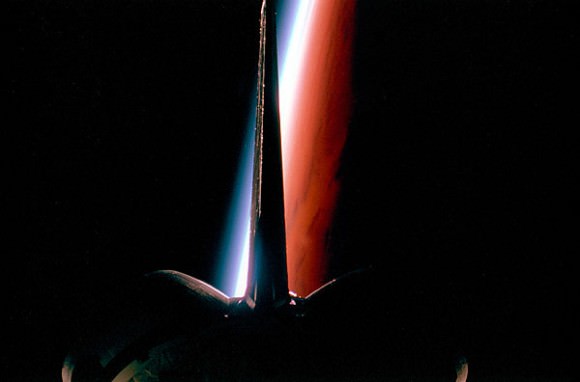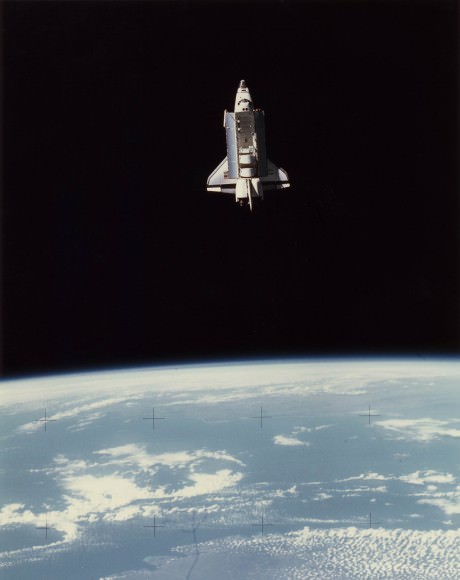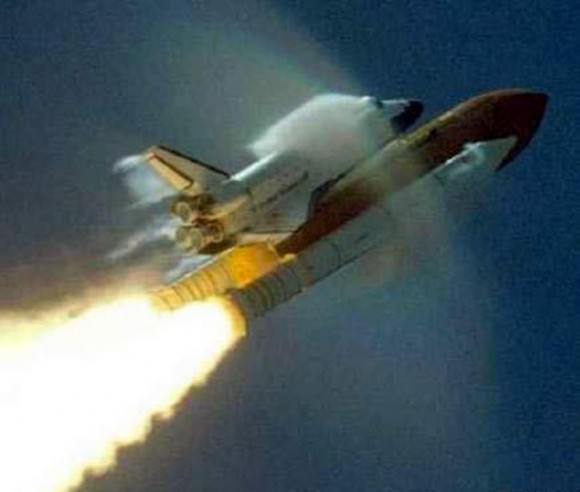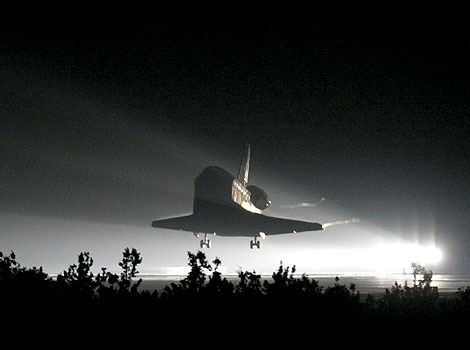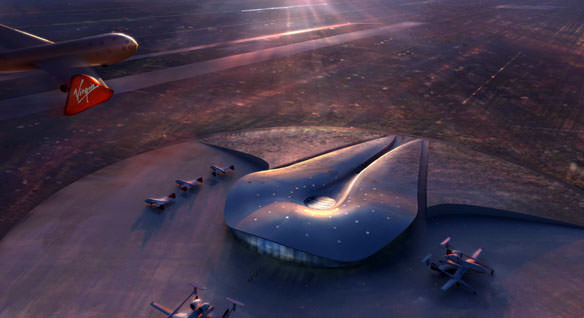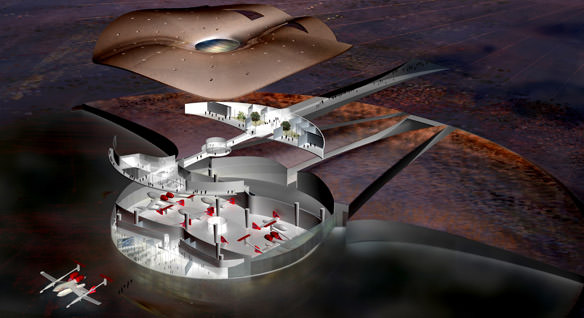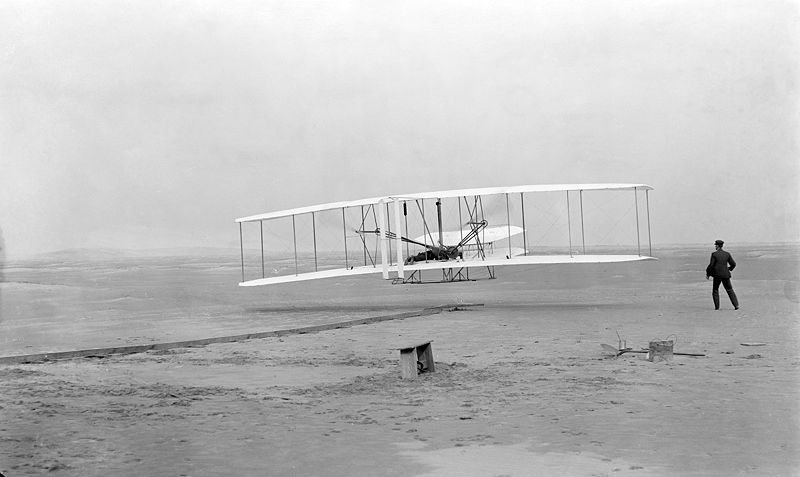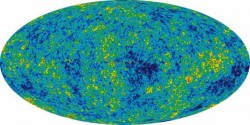[/caption]
The Apollo 8 mission was a seminal moment not in only the history of spaceflight, but in human history as well. The mission came during a time when the US and the world were divided by war and racial issues. It’s been said that Apollo 8 “saved” 1968 from being an otherwise divisive and disheartening year, and because of the success of the mission – in terms of both technical and philosophical matters — the Apollo 8 crew of Frank Borman, Jim Lovell and Bill Anders were named “Men of the Year” by Time Magazine. Apollo 8 was the first human mission to orbit the moon, but it wasn’t supposed to be. And the mission was responsible for one of the most iconic images of our time.
Read more about Apollo 8 and watch an excellent video NASA put together to commemorate the mission on its 40th anniversary
Originally the mission was slated to test the lunar lander hardware in Earth orbit. But the lunar lander wasn’t ready and then other political issues came into play. NASA was told, incorrectly it turned out, by the CIA that the Soviet Union was preparing its own manned lunar mission and was ready to launch. As NASA wanted to be first to the moon and also fulfill President John Kennedy’s call for a US manned lunar landing by the end of the decade, they took a gamble and designated Apollo 8 to go and orbit the moon.
The decision was controversial. NASA’s giant Saturn V rocket, the only rocket capable of taking humans to the Moon, had been fraught with problems and instrument failures on its two test flights. Also, fresh in everyone’s minds was the fire in 1967 in which killed three astronauts – Gus Grissom, Ed White and Roger Chaffee – during a ground test of an Apollo capsule.
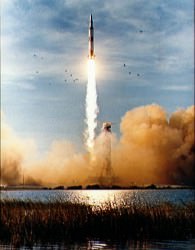
Yes, it was a gamble, but it paid off. The crew launched on December 21, and it was the first manned launch of the Saturn V rocket. It went well, although Anders tells the story how he felt severe vibrations during the first moments of launch, and feeling almost like a bug on top of a car antenna, vibrating back and forth. But the giant rocket, 363 feet tall and weighing 6.25 million pounds performed well and following a rocket burn for trans-lunar injection, the astronauts were on their way to the moon.
Early on Christmas Eve, Apollo 8 reached its destination. The astronauts fired the propulsion system to slow the rocket, putting them into lunar orbit. For its first three obits, the astronauts kept its windows pointing down towards the Moon and frantically filmed the craters and mountains below. One of their main tasks was to do reconnaissance for the future Apollo landings.
It was not until Apollo 8 was on its fourth orbit that Borman decided to roll the craft away from the Moon and to point its windows towards the horizon in order to get a navigational fix. A few minutes later, he spotted a blue-and-white object coming over the horizon. Transcripts of the Apollo 8 mission reveal the astronauts’ wonder and amazement at what they were seeing: Earth, from a quarter of million miles away, rising from behind the Moon. “Oh my God! Look at the picture over there. Here’s the Earth coming up,” Borman shouted. This was followed by a flurry of exclamations by Anders and Lovell and a scramble to find a camera. Anders found one first and the first image he took was black-and-white, showing Earth just peeping over the horizon. Then Anders found a roll of 70mm color film for the Hasselblad camera, and he took the photograph of Earthrise that became an icon of 20th-century, portraying technological advances and heightening ecological awareness.
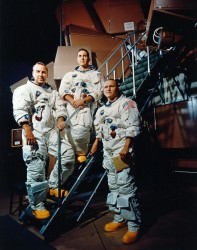
This was the way humans first recorded their home planet from another world. “It was the most beautiful, heart-catching sight of my life,” Borman said later, “one that sent a torrent of nostalgia, of sheer homesickness, surging through me. It was the only thing in space that had any color to it. Everything else was either black or white. But not the Earth.”
Jim Lovell said that Earth was “a grand oasis in the vast loneliness of space.”
The three astronauts agree the most important thing they brought back from the mission was the photography, not only of the moon, but of Earth.
To commemorate the 40th anniversary of Apollo 8, the crew of the International Space Station’s Expedition 18, Commander Mike Fincke and Flight Engineers Sandy Magnus and Yury Lonchakov will send a message to be aired on a message that will air on NASA Television as part of the daily Video File, beginning at 11 a.m. CST, Friday, Dec. 19. The video also will be broadcast in high definition on the NASA TV HD channel at 10
a.m., noon and 3 p.m. on Friday, Dec. 19, and Tuesday, Dec. 23.
Sources: NASA, The Guardian

